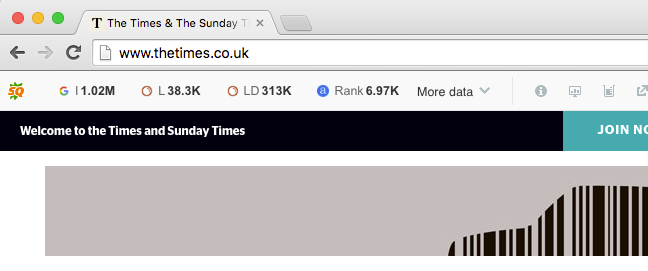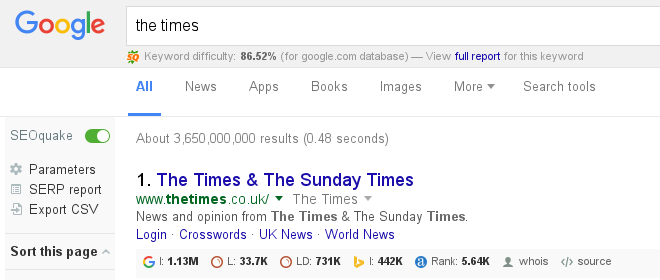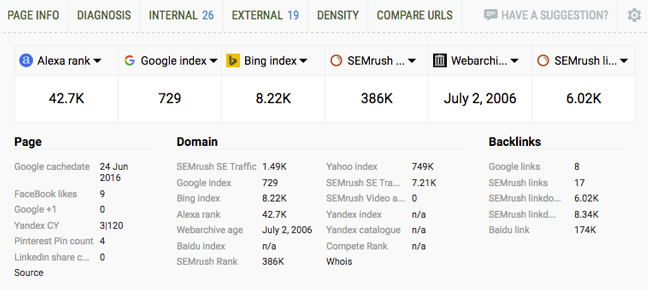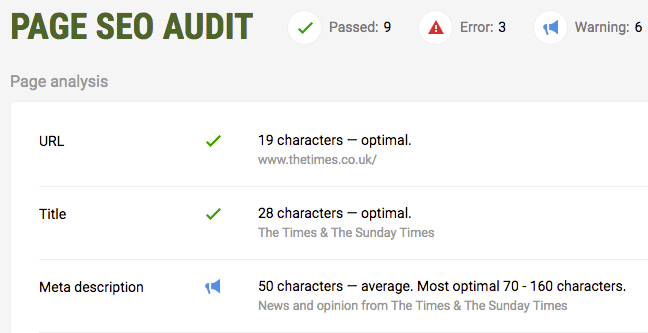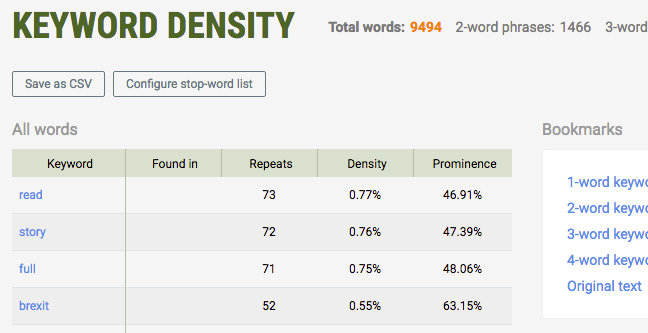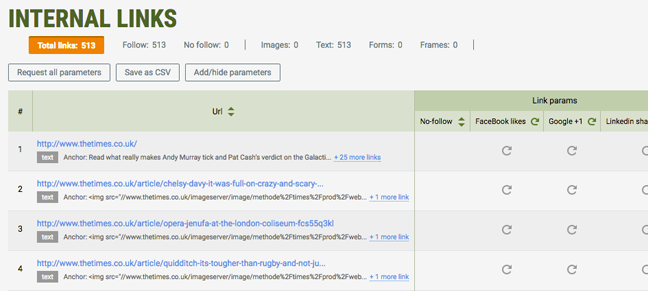One of the most important activities for any SEO process is the initial competitive analysis. This process should correctly identify your SEO targets and provide fundamental input to establish your overall strategy.
Depending on the type, industry, and scope of the SEO process, this analysis can become quite complex, as there are many factors to take into consideration—more now than ever before.
In order to facilitate this process (and make it easy to replicate, control, and document), I've created a step-by-step workflow with the different activities and factors to take into consideration, including identifying SEO competitors, gathering the potential keywords to target, assessing their level of difficulty, and selecting them based on defined criteria:

Depending on the type, industry, and scope of the SEO process, this analysis can become quite complex, as there are many factors to take into consideration—more now than ever before.
In order to facilitate this process (and make it easy to replicate, control, and document), I've created a step-by-step workflow with the different activities and factors to take into consideration, including identifying SEO competitors, gathering the potential keywords to target, assessing their level of difficulty, and selecting them based on defined criteria:

The four analysis phases
As you can see, the SEO analysis workflow is divided into four phases:
1. Identify your potential SEO competitors:
This initial phase is especially helpful if you're starting with an SEO process for a new client or industry that you don't know anything about, and you need to start from scratch to identify all of the potentially relevant competitors.
It's important to note that these are not necessarily limited to companies or websites that offer the same type of content, services, or products that you do, but can be any website that competes with you in the search results for your target keywords.
2. Validate your SEO competitors:
Once you have the potential competitors that you have gathered from different relevant sources it's time to validate them, by analyzing and filtering which of those are really already ranking, and to which degree, for the same keywords that you're targeting.
Additionally, at this stage, you'll also expand your list of potential target keywords by performing keyword research. This should use sources beyond the ones that you had already identified coming from your competitors and your current organic search data—sources for which your competitors or yourself are still not ranking, that might represent new opportunities.
3. Compare with your SEO competitors:
Now that you have your SEO competitors and potential target keywords, you can gather, list, and compare your site to your competitors, using all of the relevant data to select and prioritize those keywords. This will likely include keyword relevance, current rankings, search volume, ranked pages, as well as domains' link popularity, content optimization, and page results characteristics, among others.
4. Select your target keywords:
It's finally time to analyze the previously gathered data for your own site and your competitors, using the specified criteria to select the best keyword to target for your own situation in the short-, mid-, and long-term during your SEO process: Those with the highest relevance, search volume, and profitability. The best starting point is in rankings where you are competitive from a popularity and content standpoint.
Tools & data sources
The data sources and tools—besides the traditional ones from search engines, like their keyword or webmaster tools—that can help you to implement the process (some of them mentioned in the workflow) are:
- To identify competitors: Alexa Top Sites, SimilarWeb Websites Ranking & Sites Profile.
- To identify keywords: SEMRush for keyword data, SuggestMrx (you can also use Ubersuggest or SEO chat Suggestion Keyword Finder) to gather Google suggestions for your keywords.
- To identify rankings: Authority labs, Positionly, Advanced Web Ranking, among others.
- To identify popularity: The Moz SEO Toolbar SERP overlay view, OpenSiteExplorer, CognitiveSEO Backlink Explorer and MajesticSEO for link related data and easy to develop popularity analysis.
- To identify page optimization: Moz On-Page Grader, SEOchat's Page Comparison tool, and Web page SEO analysis tool for a quick on-page content optimization analysis.
- To semi-automatize the process: There are tools that have already automatized some of the phases of the process that can help you to advance faster: Moz Keyword Difficulty and SERPs analysis tool, SERPIQ, SEMRush Keyword Difficulty Tool.
Hopefully, with these resources, you'll be able to develop more and better SEO competitive analysis!




